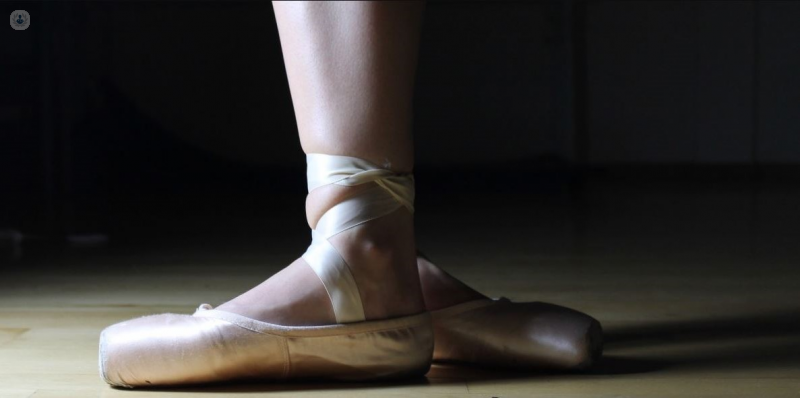

What is percutaneous foot surgery?
Percutaneous foot surgery, also known as minimal incision surgery, is a novel surgical technique to treat foot pathologies affecting the bones or soft tissues. Local anaesthesia is used in practically all cases, leading to a very significant reduction in anaesthesia-related complications.

Why is percutaneous foot surgery done?
The most common pathologies treated using percutaneous foot surgery are bunions and metatarsalgia (pain in the bottom of the toes).
Some other conditions frequently treated using percutaneous surgery are:
- Foot deformities: claw toes or hammer toes.
- Tailor’s bunions (bunionettes): A deformity similar to bunions but affecting the fifth toe.
- Hallux rigidus : Arthritis of the big toe. However, cases of severe hallux rigidus requiring substantial correction are usually treated with open surgery techniques.
- Heel spur: A bony protuberance in the heel.
- Morton's neuroma: A thickening of the nerve located in the space between the third and fourth toes.
In other conditions, there is often a choice between open (“classic”) surgery or percutaneous (“minimally invasive”) surgery:
- Overlapping or underlapping fifth toe.
- Subungual osteochondroma : a benign tumour of the final phalanx of the toes, which compresses the nail leading to pain.
- Tarsal tunnel syndrome : Pain in the tarsus to the toes, with tingling and a sharp quality.
- Sinus tarsi syndrome : Pain in the posterior part of the foot, immediately anterior to the ankle.
What does percutaneous foot surgery involve?
Percutaneous foot surgery is performed through small incisions, minimising harm to nearby tissues. Interventions are performed under X-ray guidance.
How to prepare for percutaneous foot surgery:
If the decision is made to perform percutaneous surgery, you will then normally undergo a presurgical blood analysis and X-ray.
Aftercare:
After the operation, you will have to wear special shoes, which are wide and have a rigid sole, to reduce the load on the operated foot.
The first follow-up visit is usually at one week, to remove stitches. You will be taught how to change the surgical bandage. You will then have to change the bandage yourself every day after cleaning yourself for 2-3 weeks. You will also have to wear the post-surgical shoe during this period. From one month onwards, you can begin to wear normal shoes.
Alternatives to percutaneous foot surgery:
Percutaneous foot surgery is a treatment for treating foot pathologies that is minimally-invasive and avoids the potential complications and lengthy recovery period of traditional open surgery.
